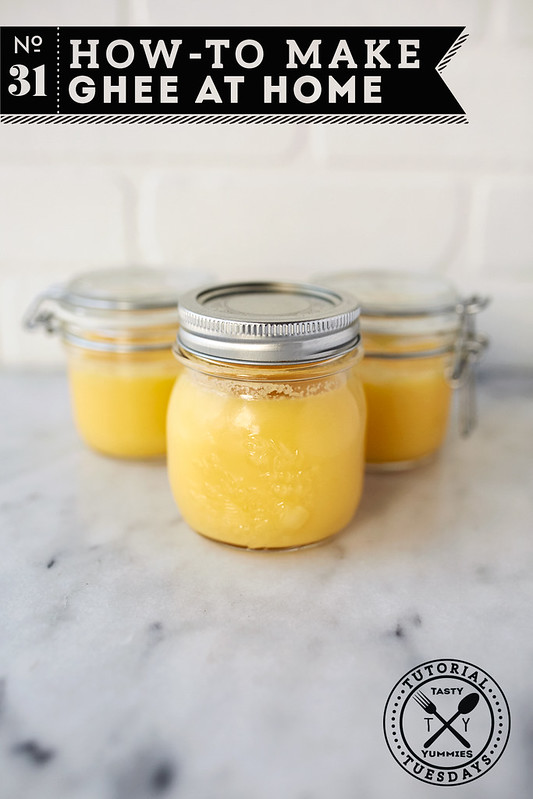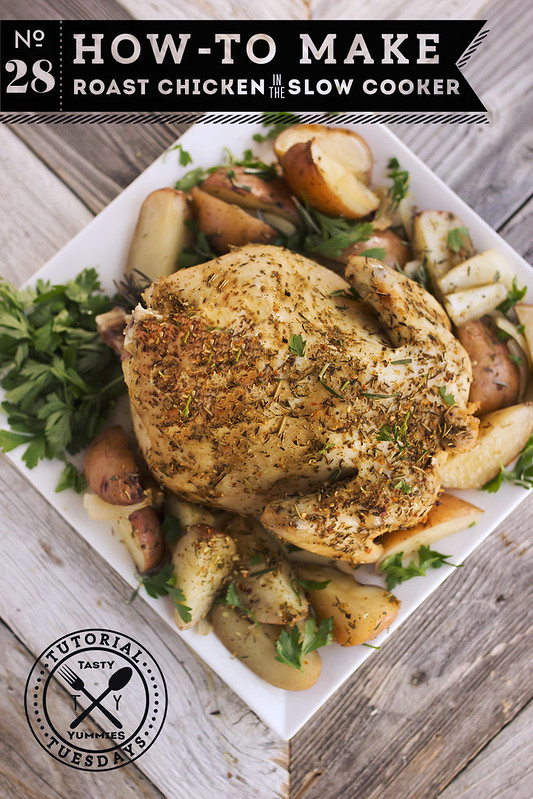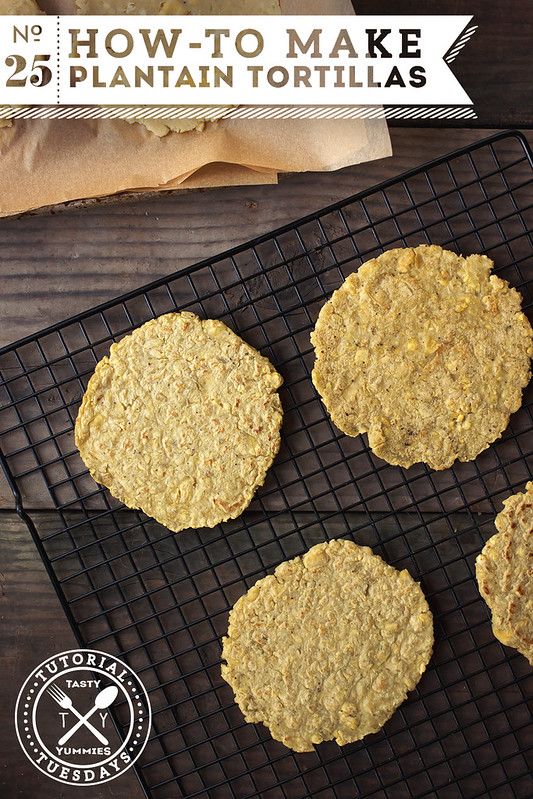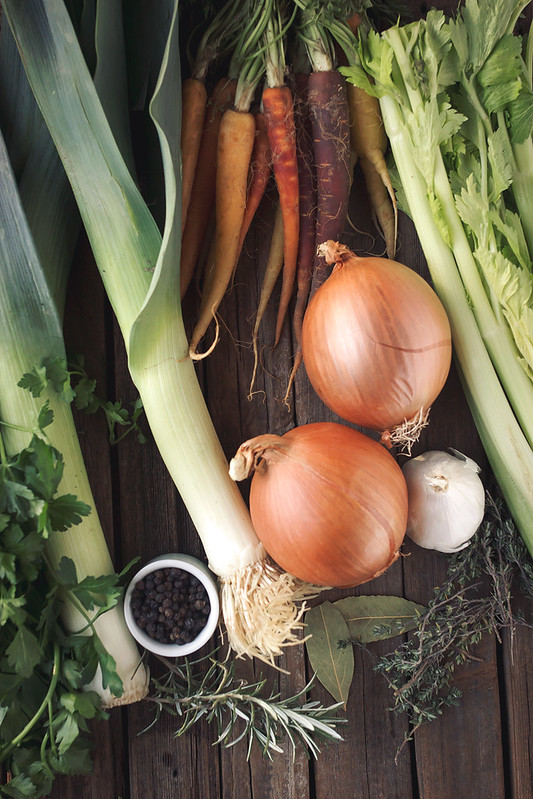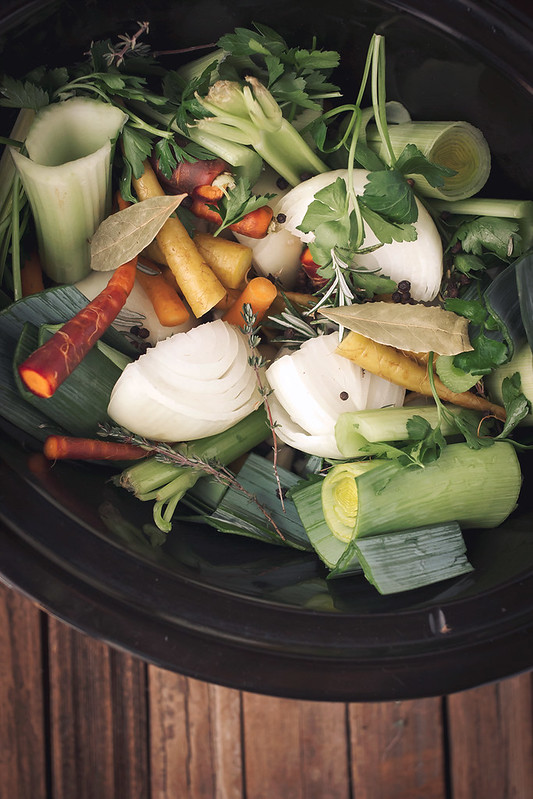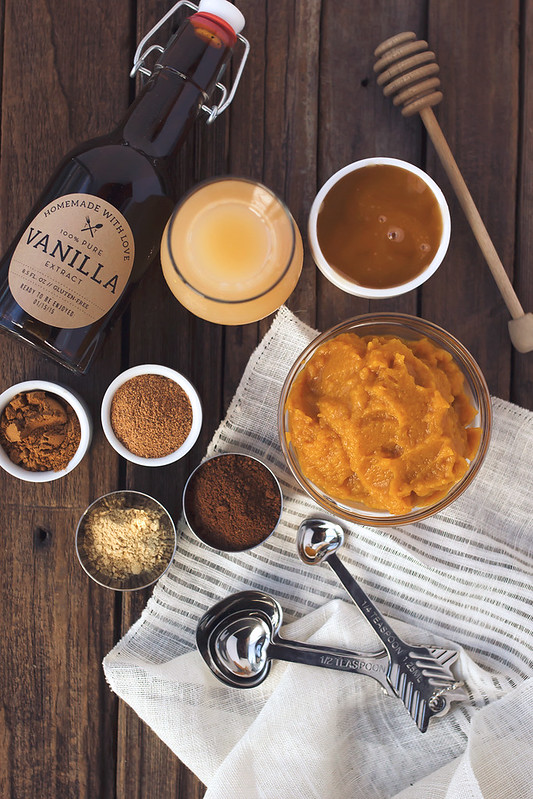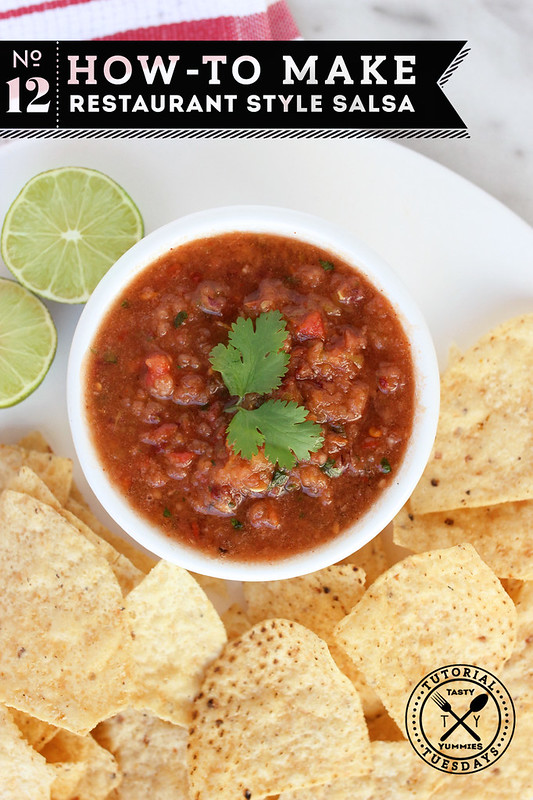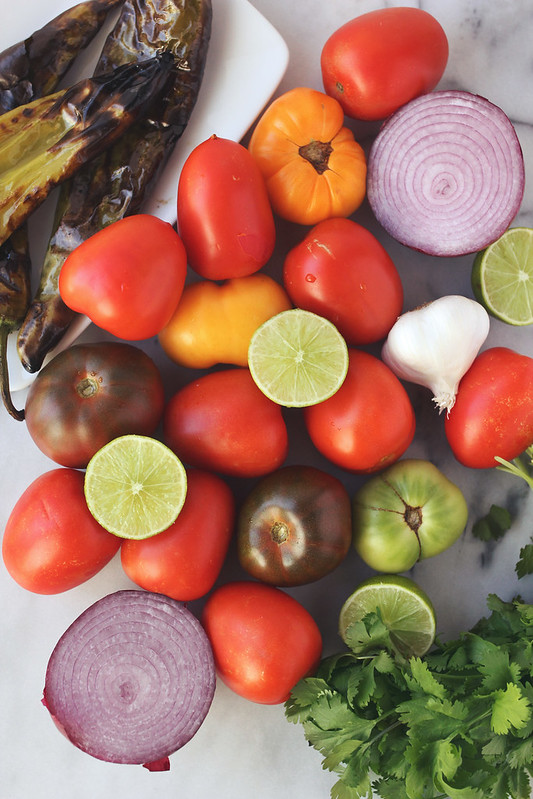-
How-to Make Ghee at Home
Ghee is a kitchen staple around here. For the longest time I was buying it, and I still do in a pinch, but as I discovered the cost efficiency and simplicity of making it at home, I have made this part of my DIY repertoire.
For those unfamiliar, ghee is a clarified butter, of sorts, that has been cooked down for some time, removing any moisture, milk solids and impurities. What remains is a pure and delicious butter oil, that has turned a beautiful golden color, it’s taste and flavor are slightly sweet and nutty. Ghee brings an aroma, taste and flavor a lot like butter, but even better. The difference between clarified butter and ghee is ghee’s lengthier cooking process, to remove all the moisture and the milk solids are browned in the fat and then strained out, bringing the slightly nutty taste. Ghee has a longer shelf life, due to all the moisture being removed.
Ghee is a wonderful option for those who are lactose or casein intolerant and want to enjoy the taste of butter. Ghee is also clearly a much better option than those scary hydrogenated oil-filled margarines and other highly processed vegan spreads. It does not burn, unless heated excessively, so it’s a wonderful option for stir fries, sautéing, frying, roasting, sauces, ettc. It’s also delicious as a spread, on toast, pancakes, scones, over rice and more. It can also be used on the body, as an oil for massage, as a base for healing herbal treatments, for burns, skin rashes, etc.

In India, ghee is a sacred and celebrated symbol of nourishment and healing, especially in daily rituals. It is also used in every day cooking. Ayurvedic physicians celebrate this liquid gold as being important to health and well-being, balance and vitality. If you don’t wish to make your own, ghee is usually found in the ethnic section of any big grocery store, in most Indian/South Asian stores or online.
Always make ghee with high-quality grass-fed organic butter. Cheap butter contains a lot of water and chemicals and it tends to burn faster. Due to the reduction and straining process, always start with 25% more butter than the amount of clarified butter desired. 1 pound of butter = approximately 1 1/2 cups ghee.
The Benefits of Choosing Ghee:
Rich Butter Taste without the Lactose or Casein. Made from butter ghee has the buttery flavor, but the milk solids have been removed, so if you are lactose or casein free, enjoy without issue.
Ghee has a high smoke point. 485ºF. You can cook and fry with ghee and it will not burn nor will it break down into free radicals, like so many other cooking oils can.
Ghee doesn’t spoil easily. Without the presence of milk fat and water, this makes ghee shelf stable. If you desire, it can be stored at room temperature rather then refrigeration. Ghee will last a couple months in an air-tight container at room temperature. If you aren’t sure if any moisture or milk solids remain, you can certainly play it safe and store in the fridge, to maximize it’s shelf life. That’s generally what I do.
Ghee is rich in fat soluable vitamins A D and E. If you have gluten sensitivity, leaky gut, IBS, Crohn’s or certain pancreatic disorders, you may have a problem absorbing vitamin A. By using ghee for cooking, and as a replacement for butter, you can increase your intake. Vitamin D can be made in the body, after exposure to sunlight, but obviously in the colder winter months is can be challenging for us to make enough. Ghee benefits the body by improving moisture and contains vitamin E, which is an antioxidant whose role is to repair damaged skin, balance hormones, improve vision and help to balance cholesterol. Fat-soluble vitamins are absorbed with fat and stored in the gastrointestinal tract — and they are essential to maintaining a healthy metabolism and various biochemical functions in the body. (1)
Ghee is also rich is K2 and Conjugated Linoleum Acid. Studies show K2 is better for building bones than calcium and proper levels of K2 can help fight tooth decay, bone loss and aid in the fight against the calcification of arteries. CJA is antioxidant with anti-viral properties, when sourced from grass-fed cows. Studies indicate that it may help to reduce tumors, lower cholesterol and high blood pressure, reduce inflammation, and actually lower body fat.(2)
Like coconut oil, ghee is rich is medium chain fatty acids, which are quickly absorbed directly to the liver and used as energy. This quick burn can actually lead to weight loss.
Ghee and butter are rich in butyric acid, a short chain fatty acid great for protection against fungal infections and aids in colon health. It’s been shown to support healthy insulin levels, is an anti-inflammatory, and may be helpful for individuals suffering from IBS, Crohn’s disease and ulcerative colitis. (3)
Ghee Reduces Inflammation. Ghee’s levels of butyrate play a role in reducing inflammation in the digestive tract and throughout the body. In Ayurvedic practice, ghee benefits the body by creating a more alkaline system that overall reduces inflammation by reducing the leukotriene secretion and reducing prostaglandin in the body(4)
-
How-to Make Roast Chicken in the Slow Cooker
This tutorial falls under the category of simple, yet sweet. Or should I say, simple, yet savory! This is the perfect weeknight meal solution and as of recent, it is a near weekly occurrence in our house. I grab a fresh 3-4 lb whole pasture-raised chicken at the farmers market or Whole Foods, I rub it down, season it up, pile it atop some root veggies in the Crock Pot and voila, 4 hours later, dinner is ready.
The best part of a weekly whole chicken is how many meals we get from it. The meal from the whole roasted chicken is good for at least 2-3 meals, we enjoy it with the potatoes, as chicken salad, on top of big green salads, etc. Then I make a big pot of stock from the leftover bones and we get another 2-3 meals from that. This is truly a must for any busy family.
The seasonings on your chicken can vary with your preference and your mood. Generally I use this all-purpose herb and seasoning blend, that I love, occasionally I will opt for a spicy, chile pepper rub, it’s also great with lemon zest, garlic and freshly ground black pepper. The possibilities are endless. Seriously, you will never buy that rotisserie chicken from the store, again.
-
How-to Make Plantain Tortillas
Whether you to avoid consuming corn and grains because have an allergy/intolerance or maybe you just prefer to limit how often you eat them, either way we all know this makes eating Mexican food a challenge. I am next to certain this life isn’t worth living without tacos – I’m just sayin’. OK that may be a bit dramatic, but I for one don’t actually love the idea of never having a taco again, just because I want to make healthier choices.
With Cinco de Mayo and several trips to Mexico falling within a one-month period, tacos have definitely been on my mind and in my dreams! I decided rather than cry while everyone around me was indulging in all the tacos, I used this as inspiration to come up with an alternative.
Plantain tortillas are certainly not something I invented, I have seen plenty of adaptations, some call for eggs, some use the plantains uncooked. I have played around with many variations, but these seem to be what works best for me (lightly adapted from this recipe). The key is green plantains. The greens ones are starchy and less sweet than the yellow. For my money, these produce the most authentic tortillas. I also recommend cooking them first, it softens them and when you add some water the mixture feels just the way traditional masa feels when making homemade tortillas.
There are a few steps here, but they are well worth it, you’ll think so too, especially as you are enjoying epic tacos. Plus you can make the tortillas ahead of time, store in the fridge and cook up anytime within 3 days, or so.
I find adding the fresh lime zest to really tone down any sweetness and bring out the traditional tortilla vibes. I have also been known to add a pinch or two of chile powder or garlic powder, for extra flavor.
Let’s get to it…
-
How-to Make Vegetable Stock
This week’s Tutorial Tuesday post is a simple one, it’s hard to even call it a recipe. It requires very little work and it’s really hard to mess it up. You can make easily create your own signature vegetable stock with whatever your favorite ingredients are.
I find most store bought vegetable stocks to be lacking. They always taste flat and they all have this strange aftertaste, to me. I have never found one that I love. Most leave me wanting for more. I started making my own homemade vegetable stock a long time ago and it’s one of the easiest things you can make yourself at home. You can control the ingredients, the level of salt, the spices and it’s also a great way to use of vegetable scraps.
In the event you didn’t know, (I didn’t learn this until quite recently) there is a difference between a stock and a broth and that difference is usually just salt. Broth has salt added, stock does not. See, you learn something new every day. Actually, I think it is more than just the salt that makes them different, I believe that it’s seasoning in general, spices, salt, wine, etc. Essentially you are looking for a stock to be somewhat neutral in flavor, almost to where when you taste it, it’s missing a little something. Instead it’s about letting the dish the stock ultimately goes into dictate the spices and the levels of salt. Either way, I prefer to make a vegetable stock over a broth, so I can control the saltiness with each recipe I use it in. I do, however, still add simple, yet somewhat neutral spices, that will work with virtually any recipe my stock would go into.
-
How-to Make Crock Pot Pumpkin Butter
For all of the crazy detailed, tutorials I have shared here, with lots of steps and tons of testing on my part, I equally love super simple, one step DIYs, as well. This week I show you How-to Make Crock Pot Pumpkin Butter and it seriously couldn’t be any easier. Let’s first clear the air for those of you that don’t know… Pumpkin Butter has no butter in it. No dairy of any kind. Discuss. Seriously though, it’s just that it’s thick like butter I guess? I don’t know who came up with the name.
This super simple recipe requires very little of you. You literally dump the ingredients into your crock pot, stir, turn it on, let it cook. Done. I find the crock pot to be easier than the stove top and because it cooks low and slow, I like the flavor so much better. I do suggest still keeping an eye on the crock pot, since it can stick and you do not want scorched, burnt pumpkin butter, it won’t taste good that way. I personally recommend fresh pumpkin puree, which is stupid easy to make and provides the best flavor, but canned pumpkin will also work perfectly, I have made it both ways and they are both crazy delicious.
-
How-to Make Restaurant Style Salsa
As summer’s end nears, we are left with the last few bites of the season to savor. I feel like a bit of a hoarder whenever I go to the markets this time of year and I see the beautiful heirloom tomatoes, the beautiful Hatch chiles, fresh herbs and all the other goodness. I can’t help myself. I want it all.
What better way to enjoy the final tastes of summer than a perfect fresh homemade salsa. For me, though I love a chunky, classic-style pico de gallo, what I don’t love is the amount of time all of the chopping takes. This restaurant-style salsa is a smoother, classic salsa and it is a cinch to whip up.
When Blendtec offered to send me one of their beautiful high-powered blenders, I immediately became excited about all of the possibilities. The middle of the road KitchenAid blender we got for our wedding 7 years ago, was nearing the end of it’s life and though it’s made literally hundreds and hundreds of smoothies, it also never overly impressed me, it was no powerhouse and it definitely couldn’t handle anything too thick.

